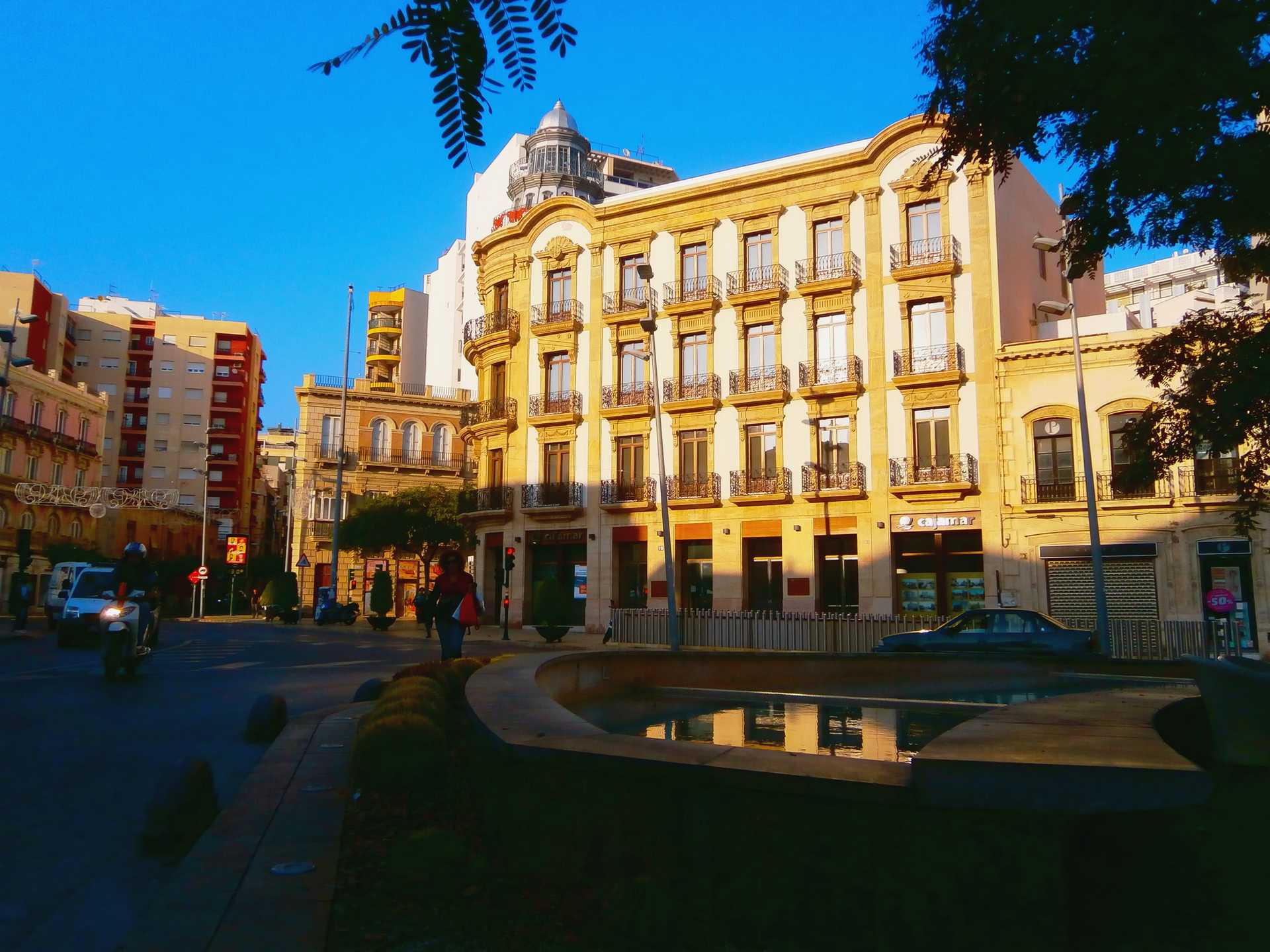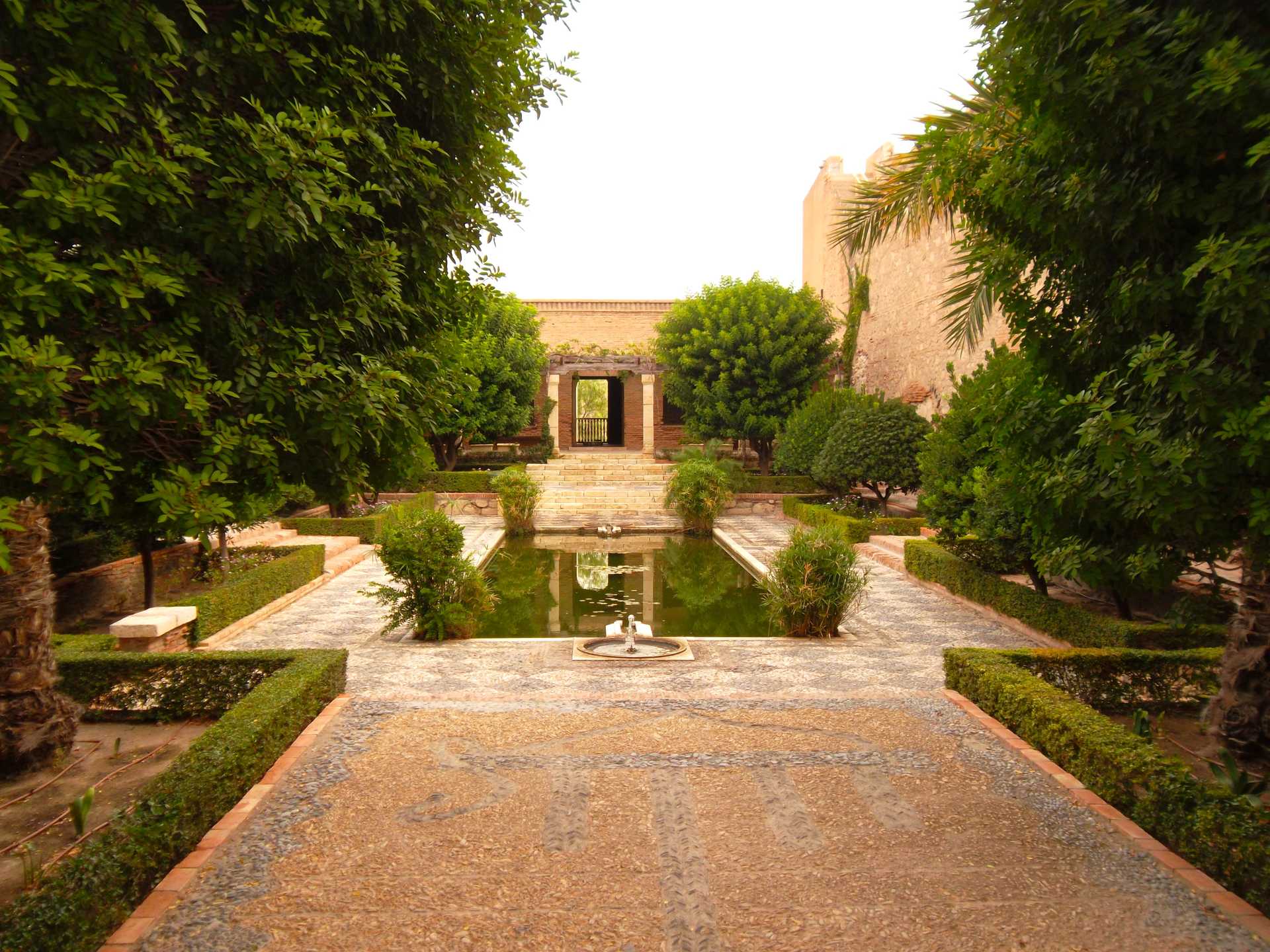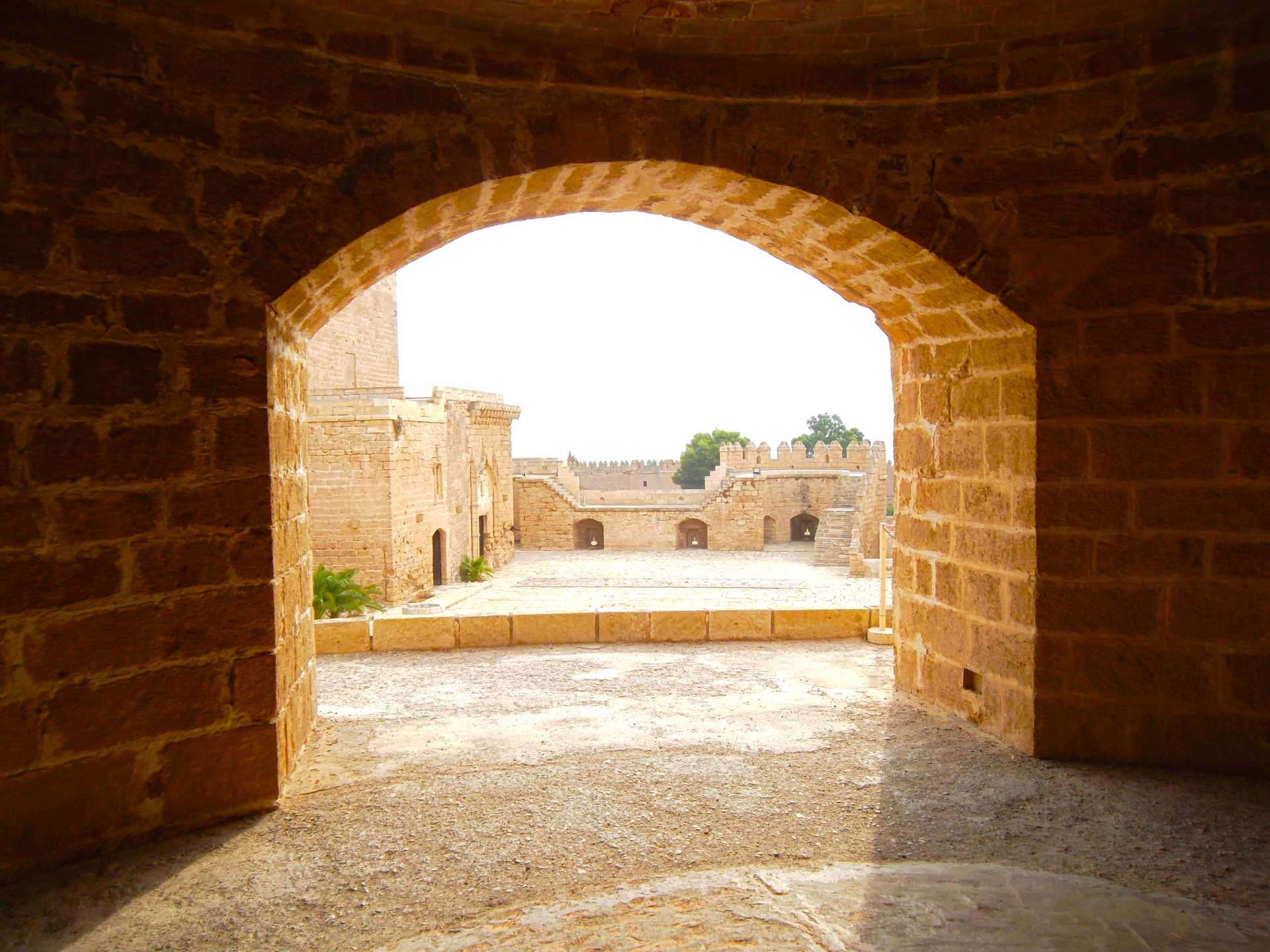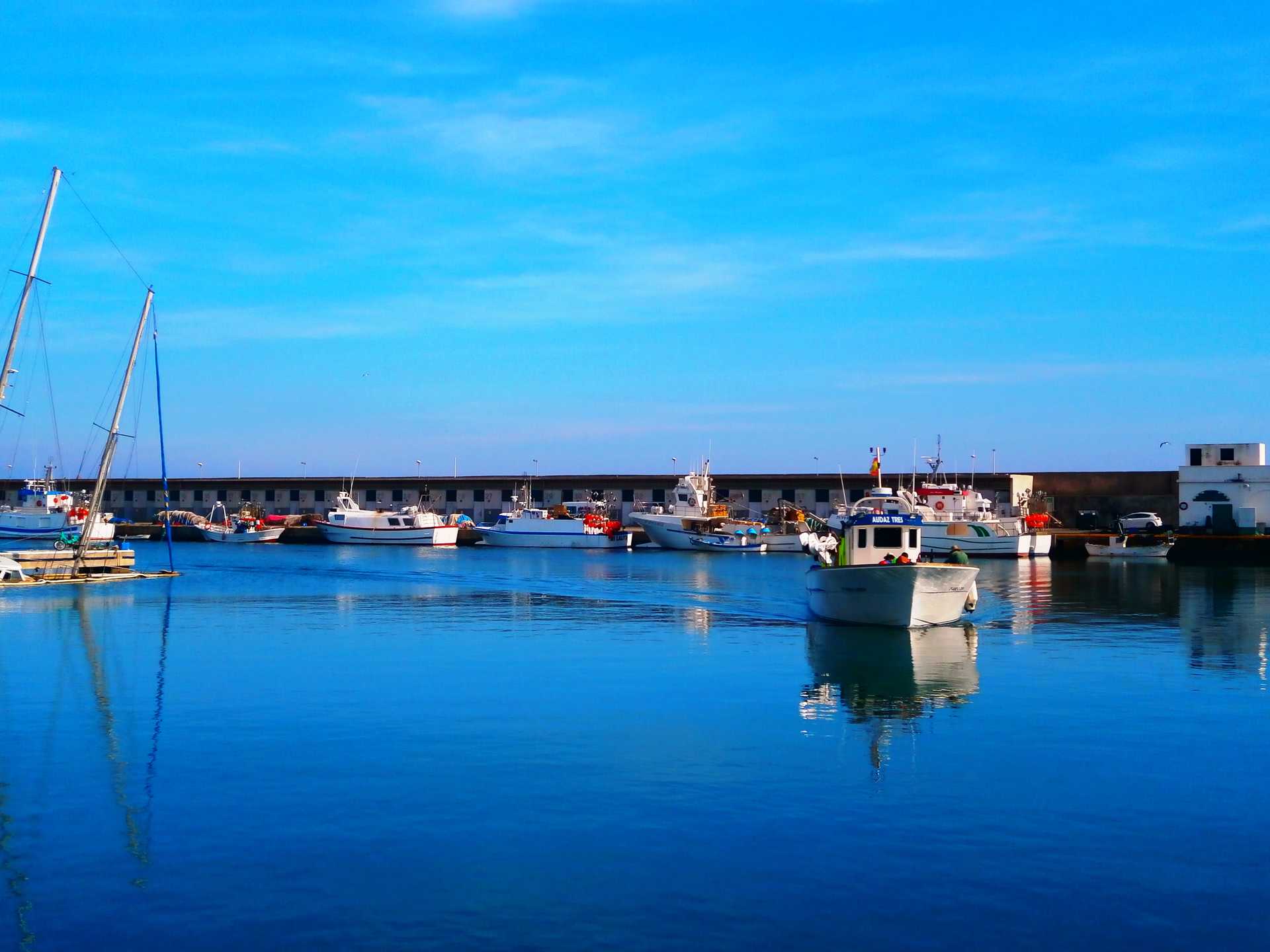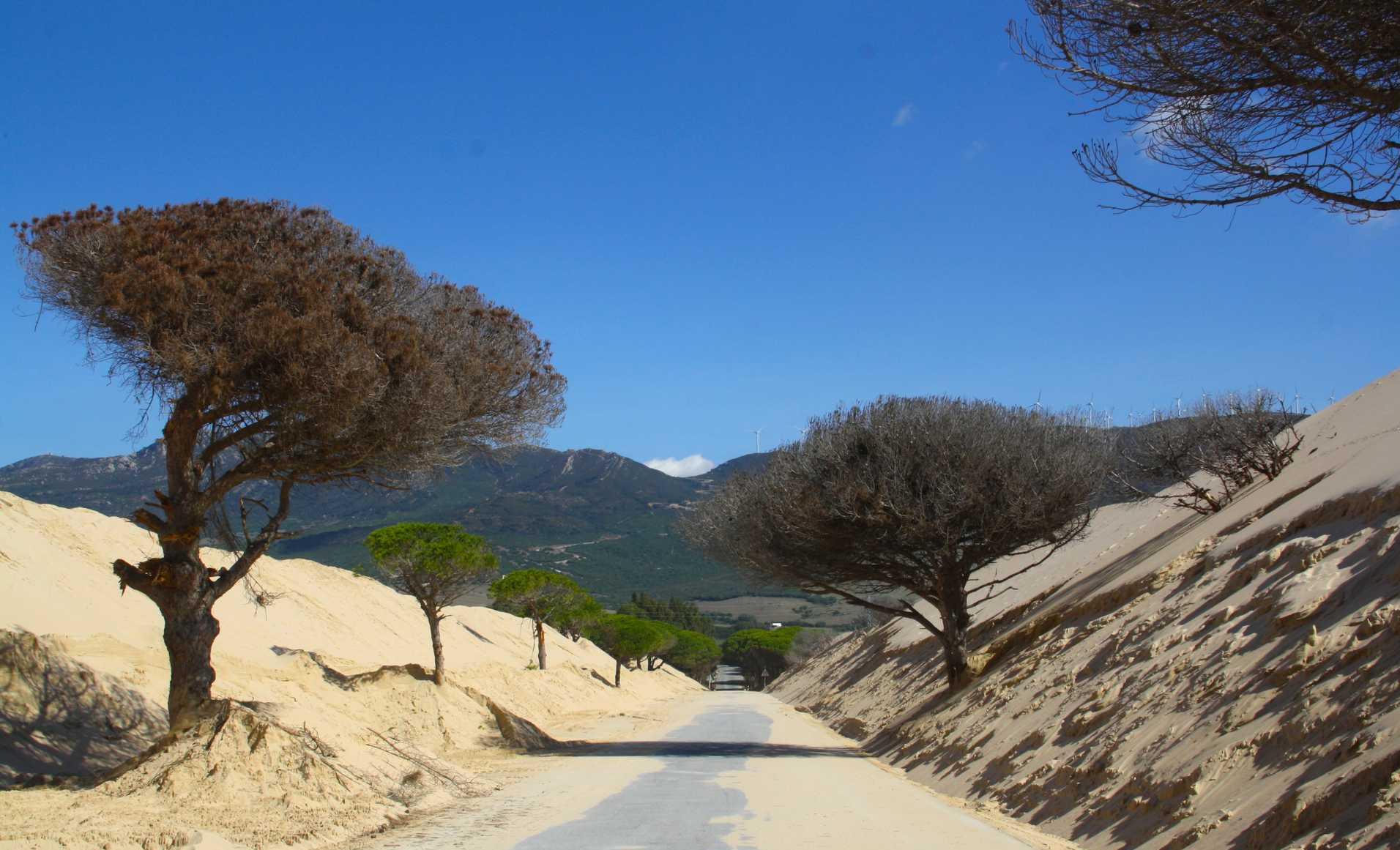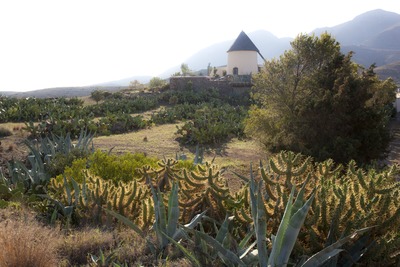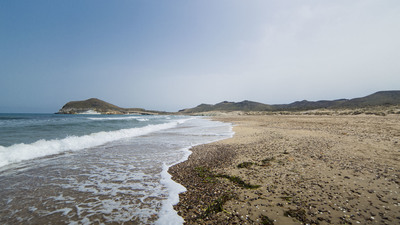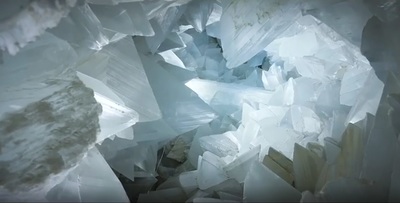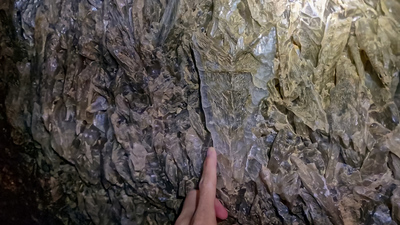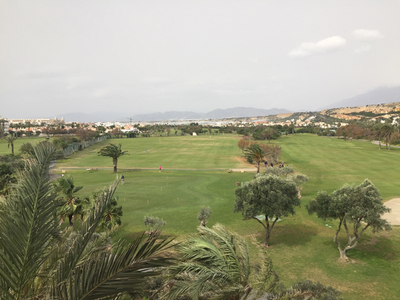A voyage in time through the history of Almería
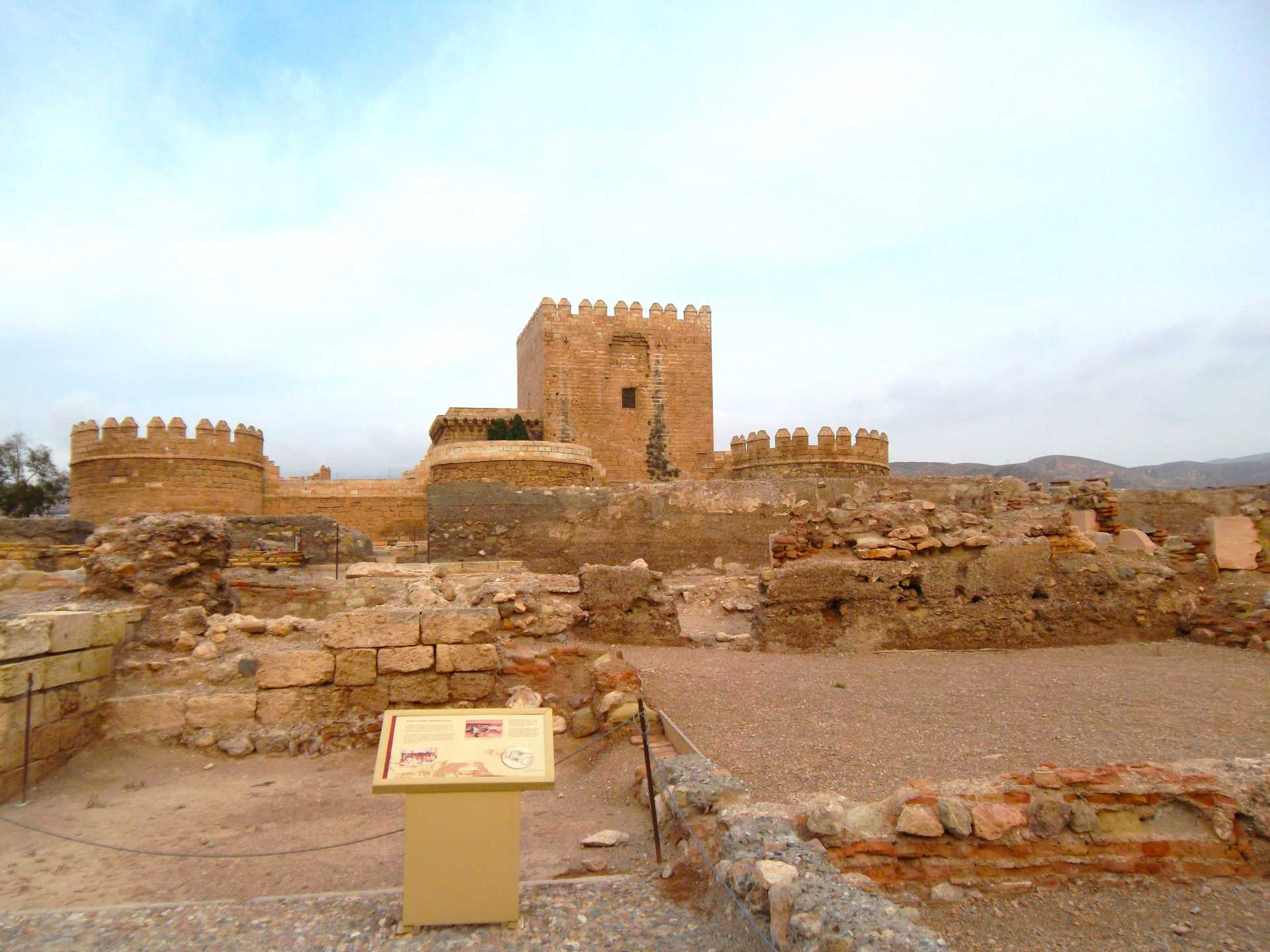
Close your eyes and listen to the history that the city of Almería tells you as you walk through its little corners and historic sites.
The city of Almería has seen the passing of Phoenicians, Romans and Moors, as well as other civilisations that have left a profound footprint on the history of the city. To begin our journey in time, we will begin to relive its history up on the hilltop in the Alcazaba Fortress.

It was in the Muslim period when Almería reached its zenith after the fall of the Cordoba Caliphate, taking the name at that time of "Port of the Orient”. The Alcazaba Fortress was built in a defensive and strategic settlement which gives us the best views overlooking the city.
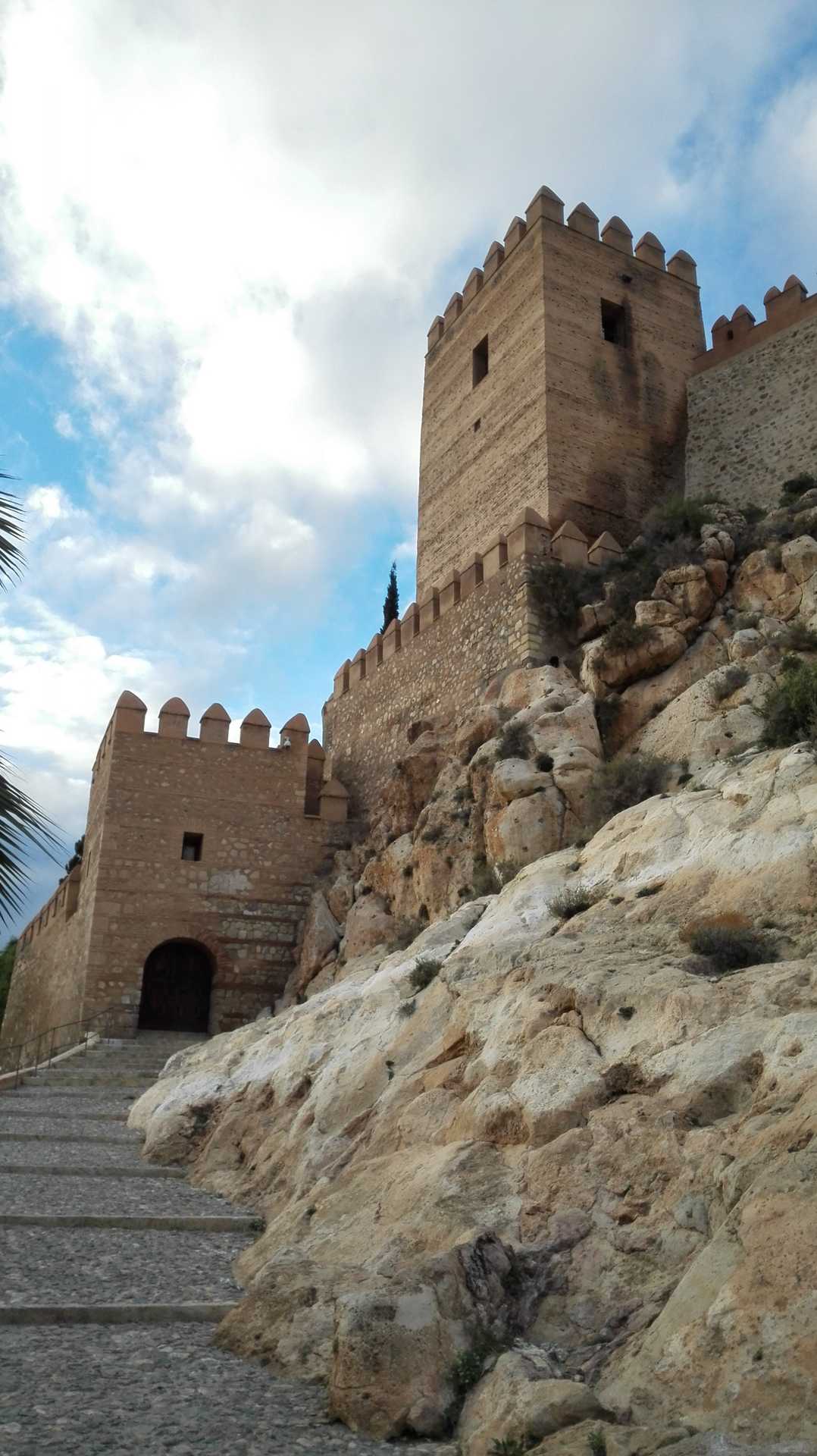
Even at that time it was surrounded by a maze of streets that still preserve their charm today. It has become a city which has grown at the foot of the thousand-year-old fortress.
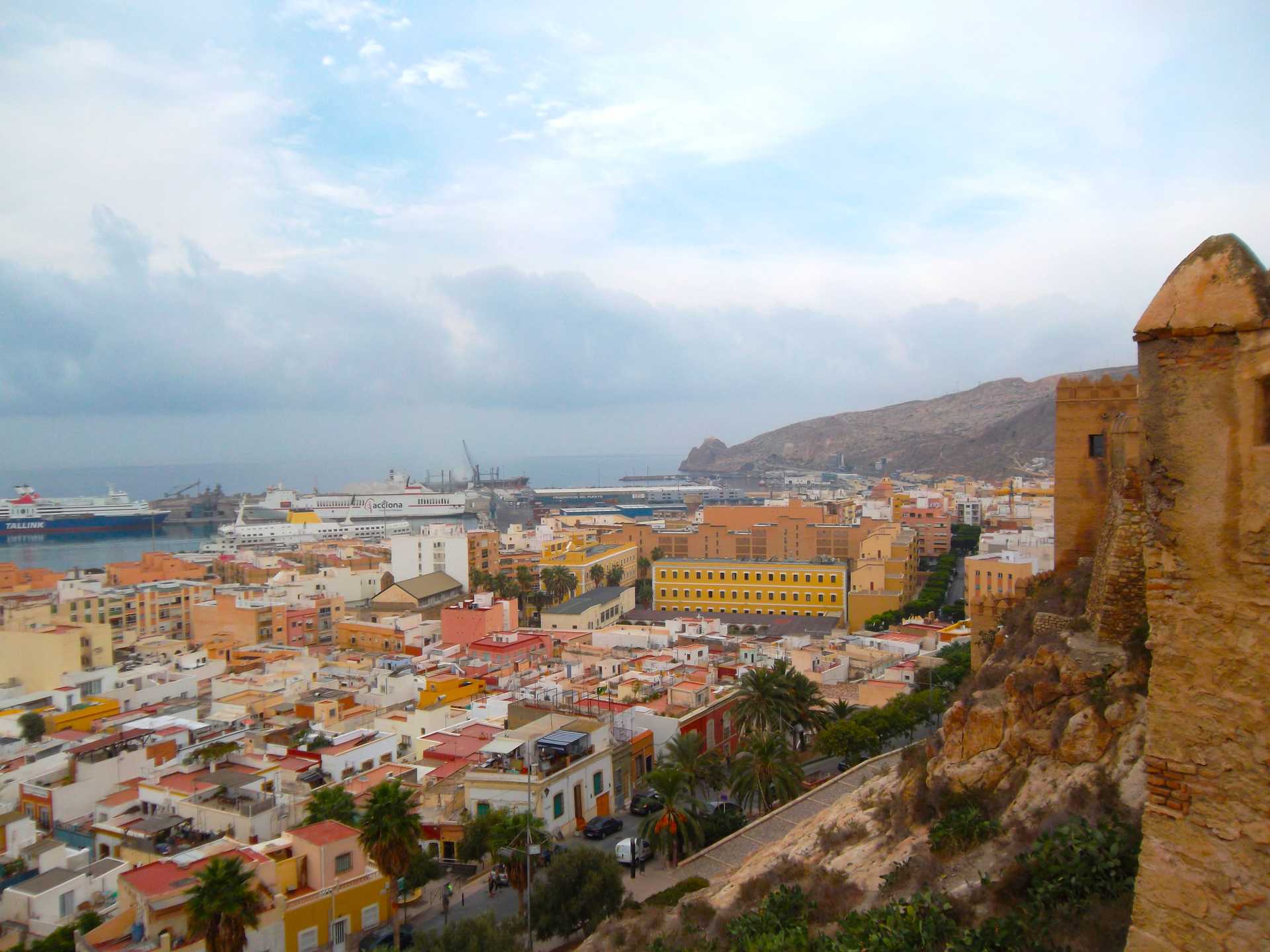
It is a tribute to the first king of the Taifa de Almería, we can almost see King Jairán A-Amiri in person, commemorating the Millennium of Almería overlooking this corner of the historic city centre.
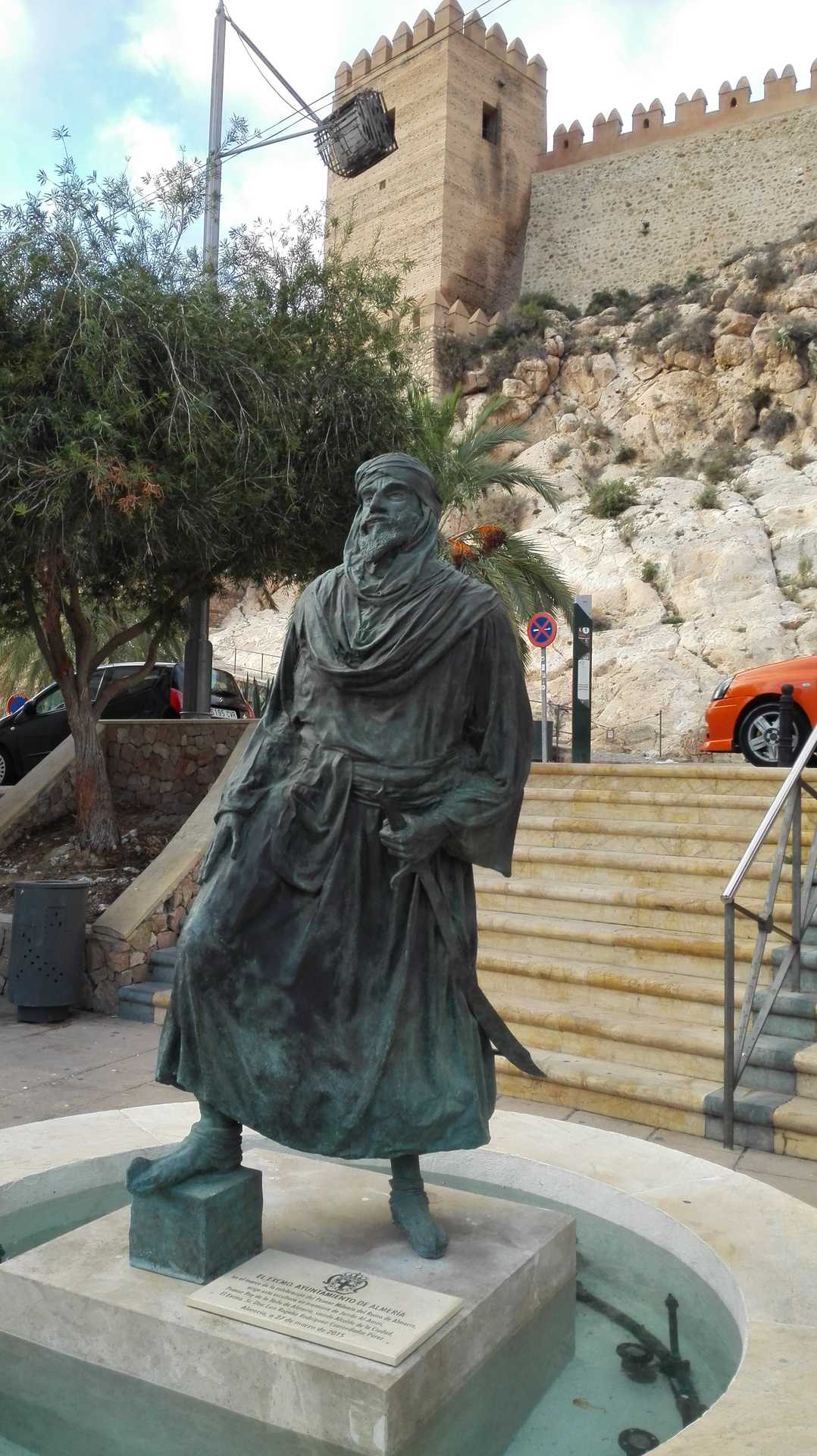
One of the most historic streets is La Almedina, the age-old Medina which means city, and it is here that we will find the Muslim Community of Almedina. A restaurant and tea room with its own charm, which will take you back to another century and real Muslim cuisine. And where we can also musical shows.
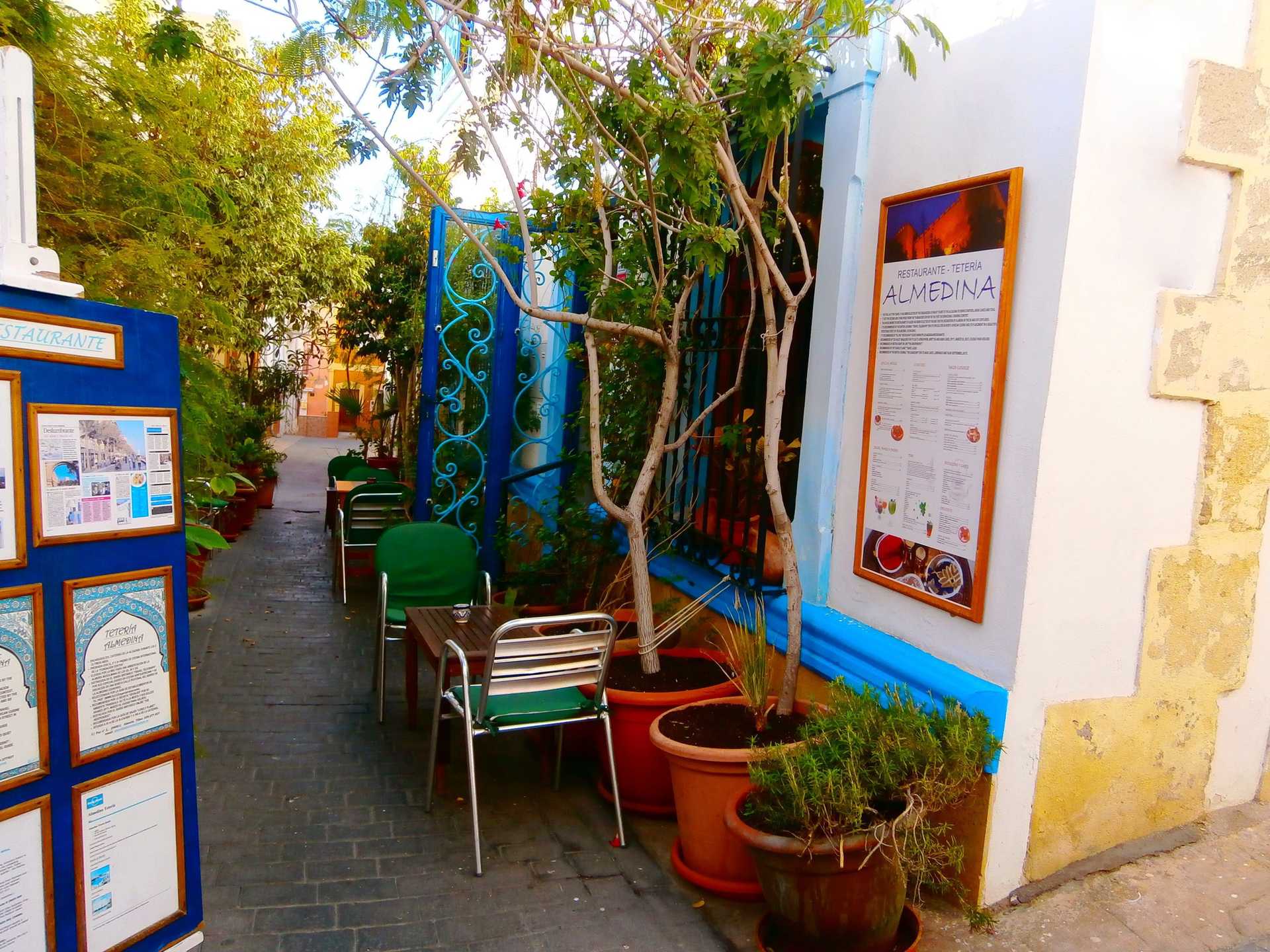
Looking for more history in this small city on the south coast of Andalusia, we come to the Archaeological Museum. Divided into four floors where we can discover some of the city's periods of human and social development.
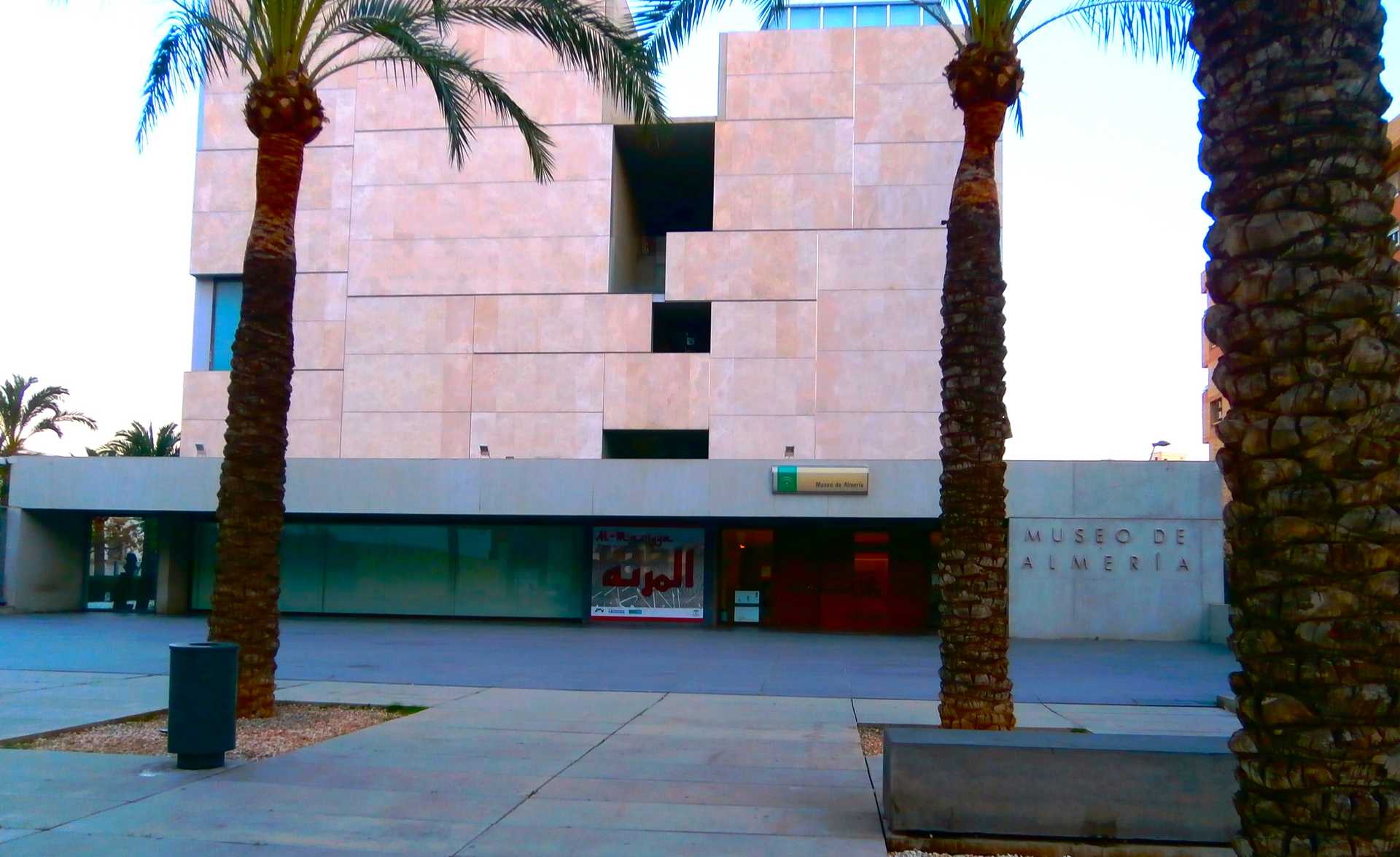
We are now delving into the development of the Moorish community and we will even find some burial remains originating from the Alcazaba.
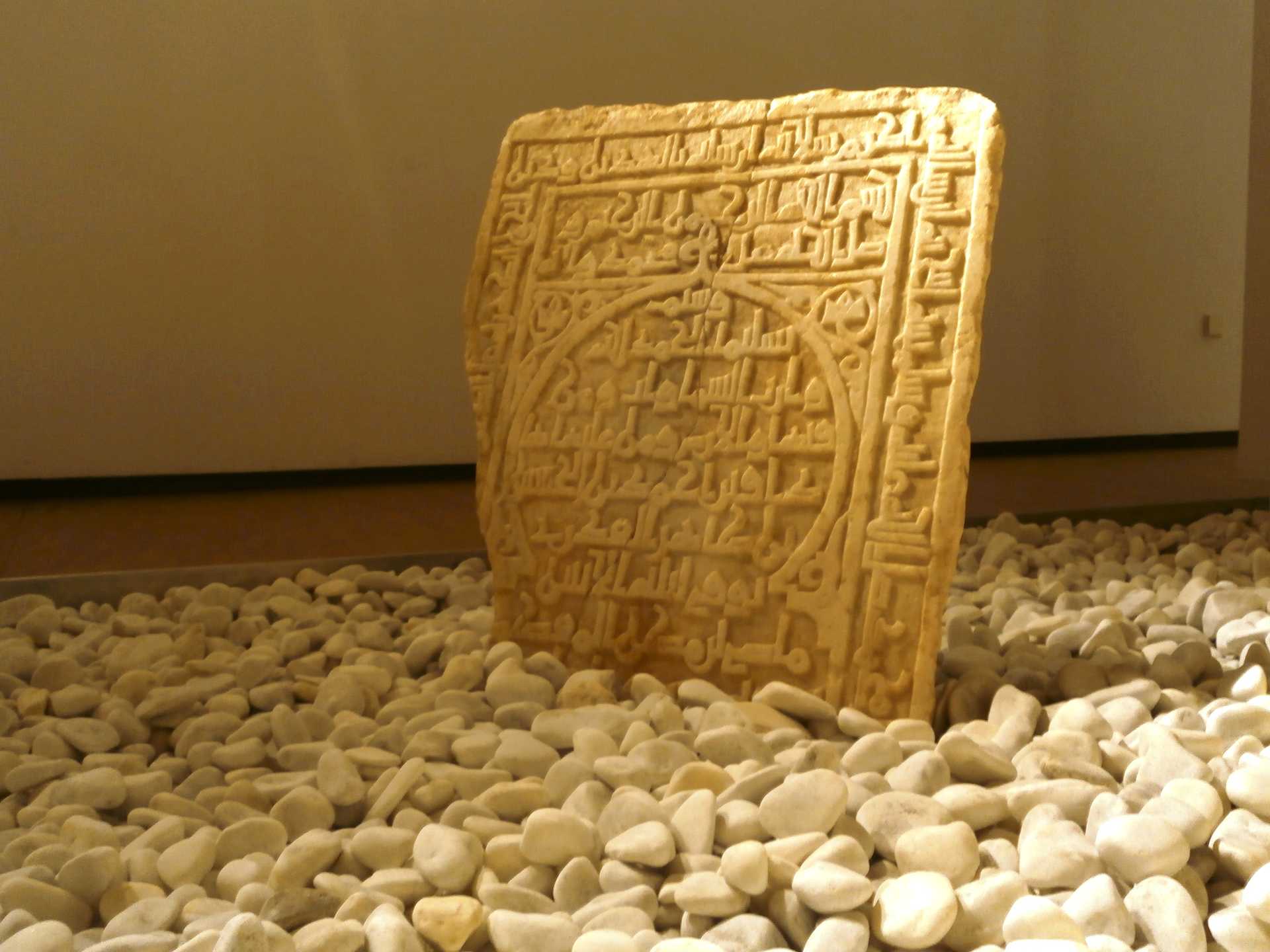
Then we come to the exhibition of the first agricultural and farming societies who settled in the city, with the representation of the "Millares"(Copper Age culture) and the hall depicting the symbolic and funeral world.
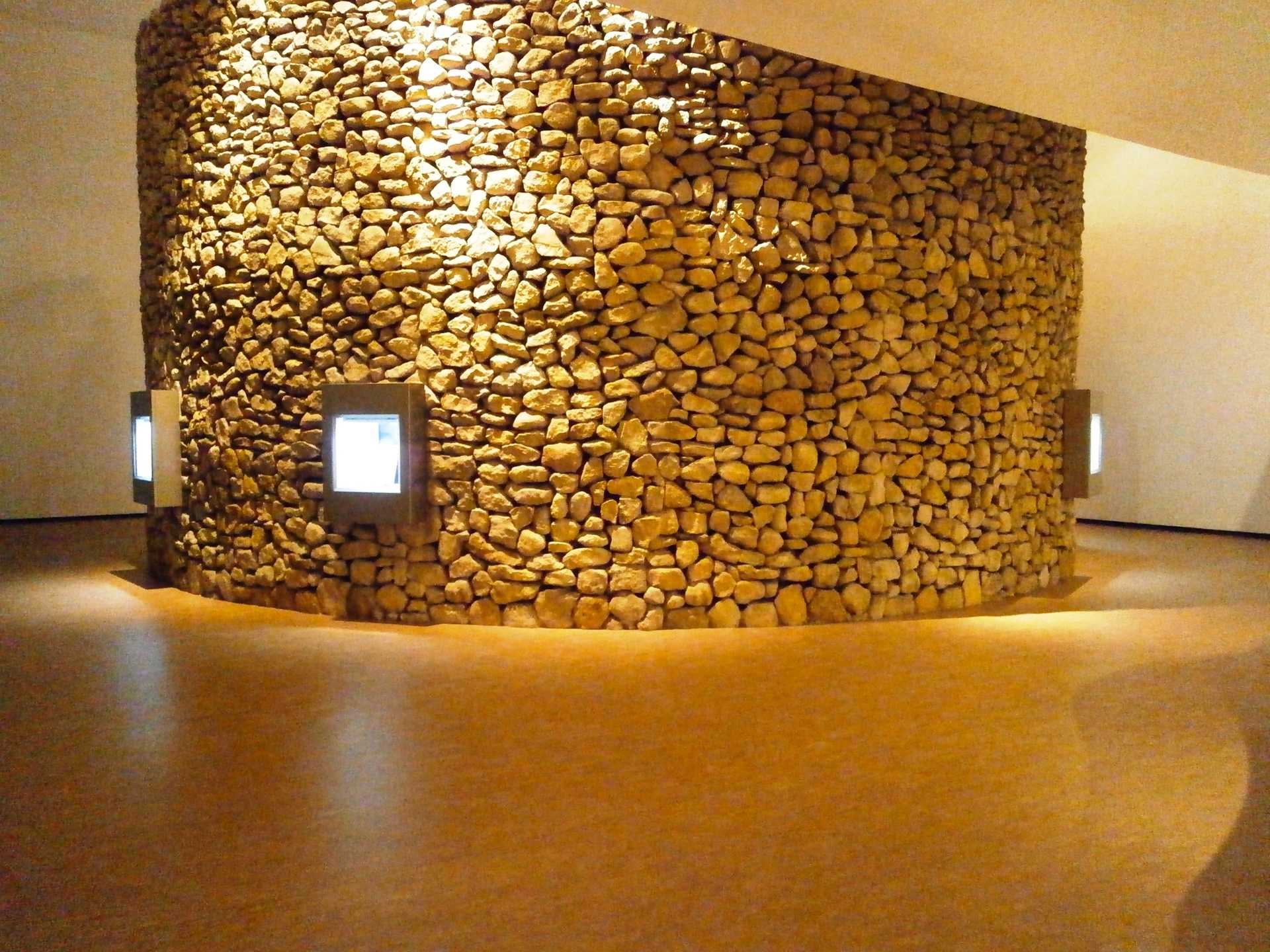
You'll be surprised by the Circle of Life sculpture representing the culture of the "Millares" at the height of the Copper Age.
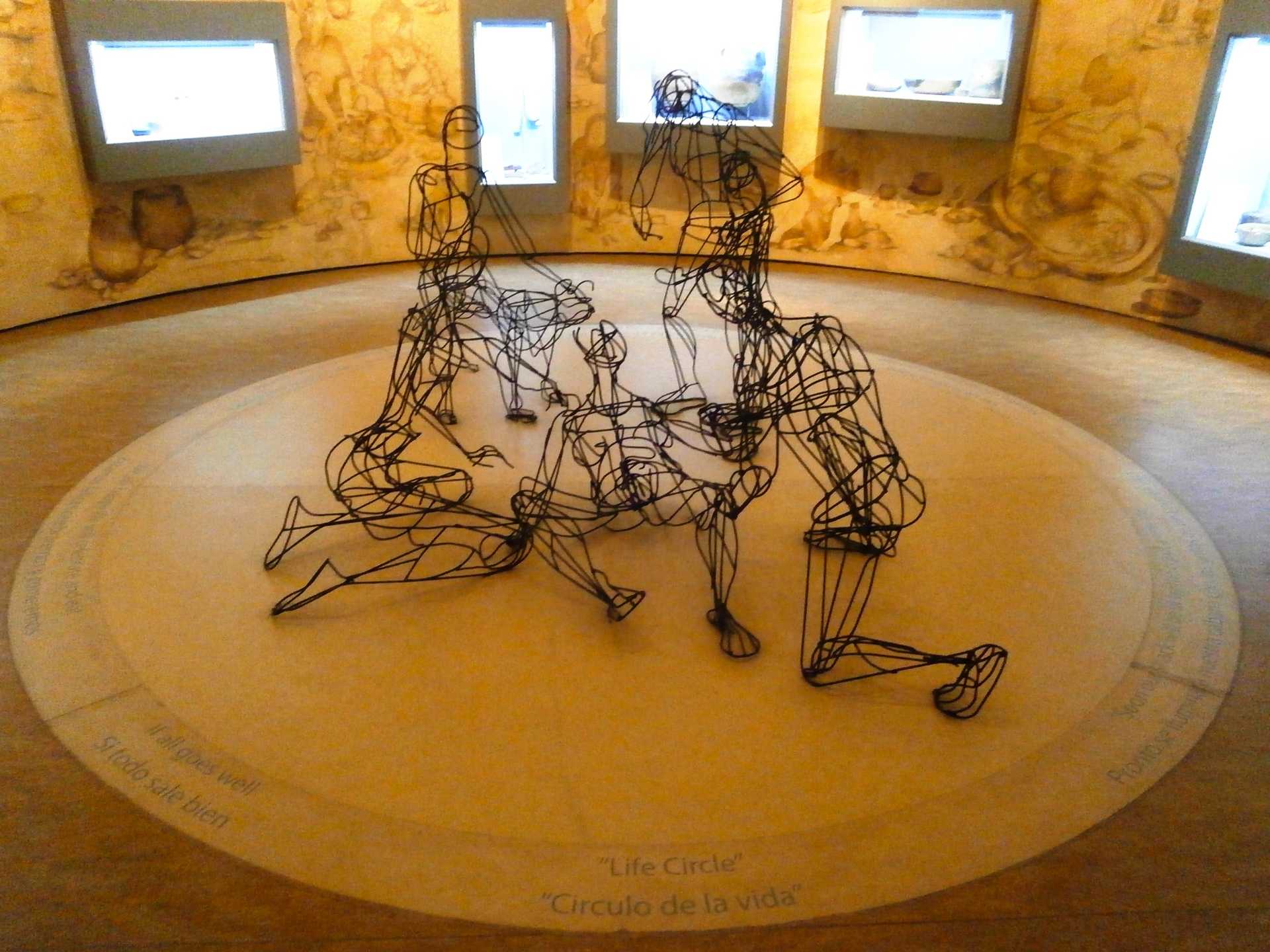
We will discover modern times reaching up to the present with an this exhibition of art, photography and the library of the most renowned archaeologist of the history of Almería, Luis de Siret.
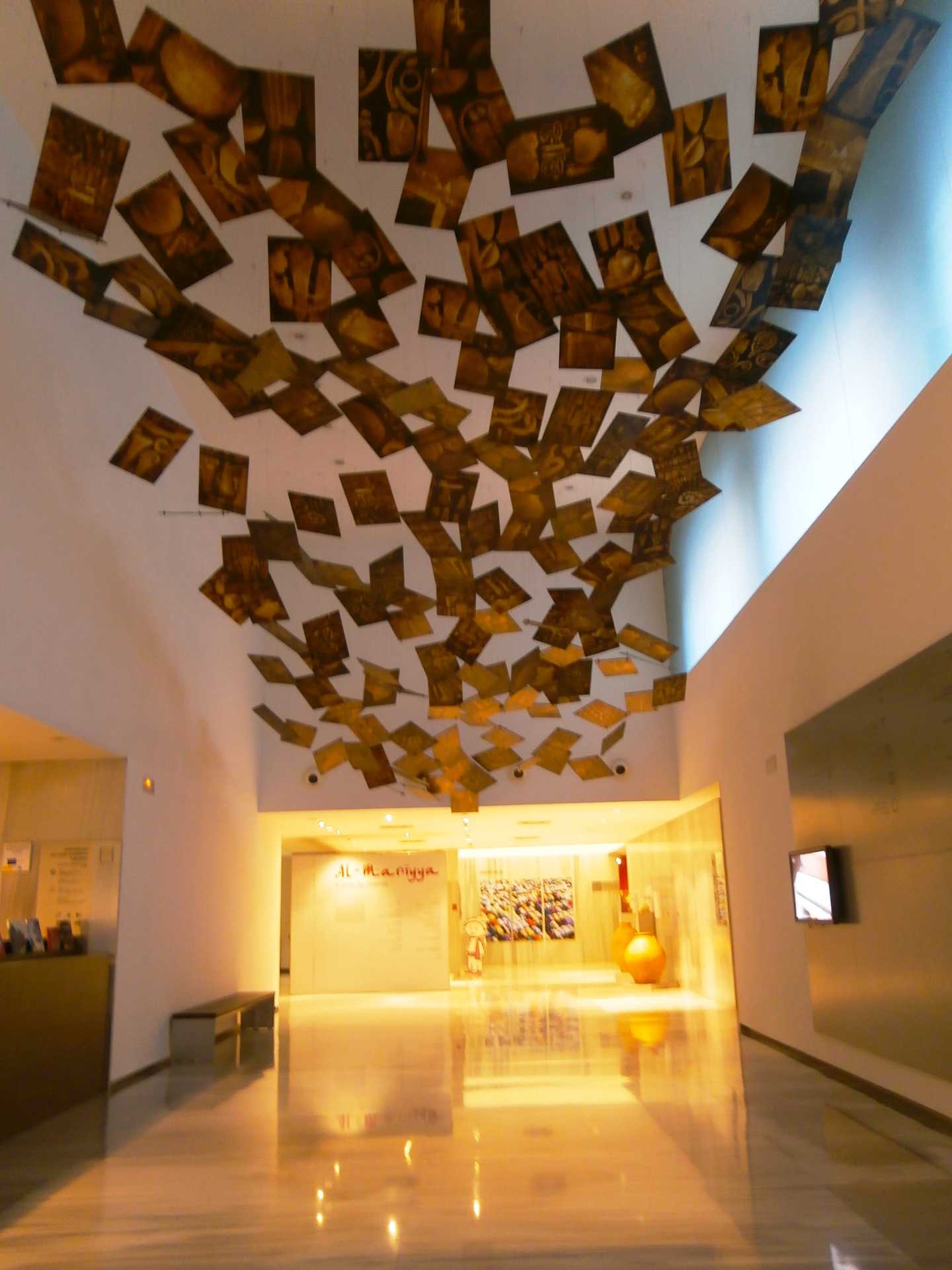
Continuing along our route through the historic town centre of Almería, we now come across the Cathedral. Fortified in the 16th century, it is located in the ancient district of "La Muralla" (City Wall). Its originality lies in the fact that it is a fortress, as it was used to defend the population against attacks by Berber and Turkish pirates.
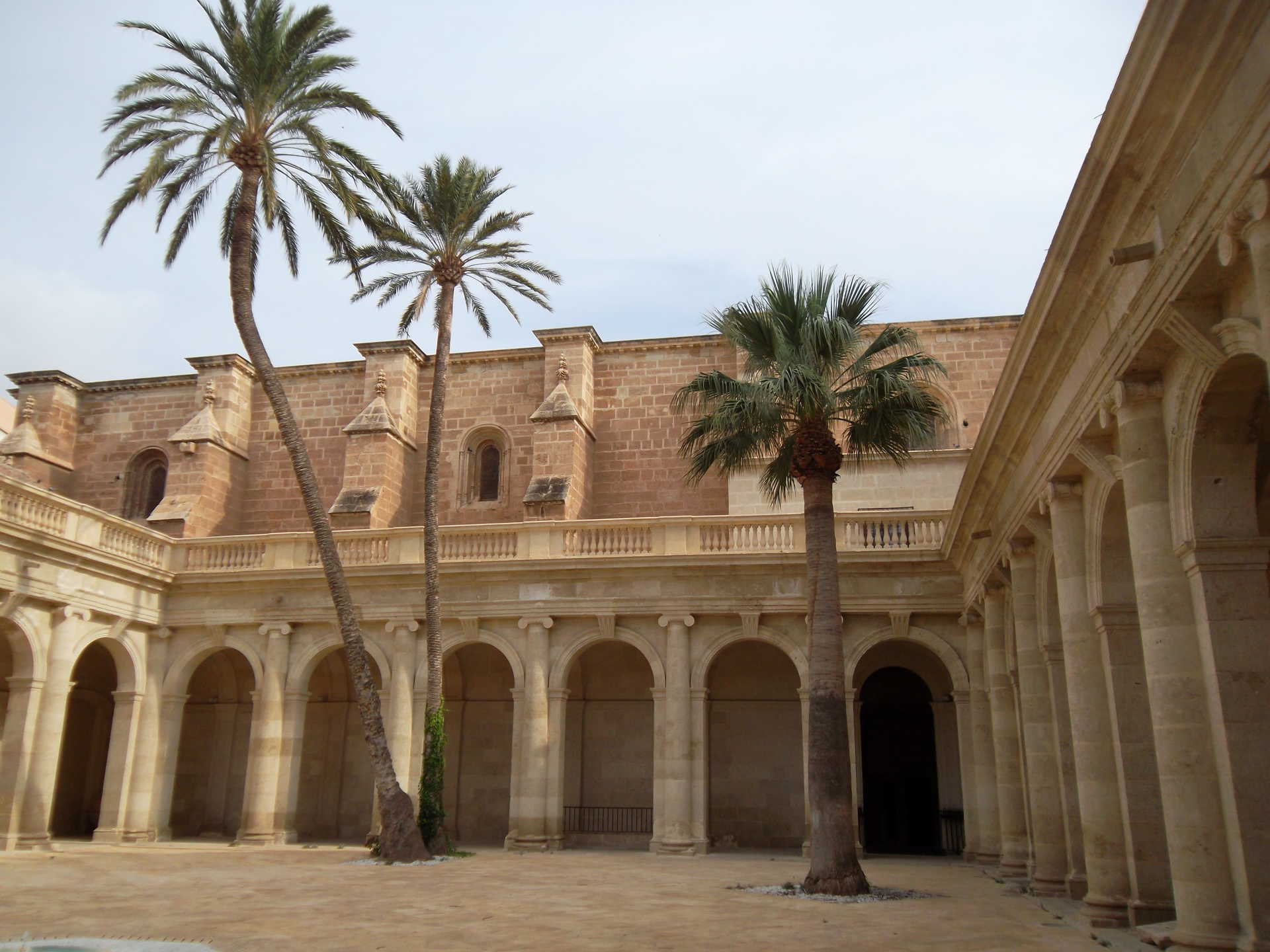
We will get a chance to visit the Sanctuary of the Virgen del Mar, the patron saint of the city because of its tradition as a fishing port.
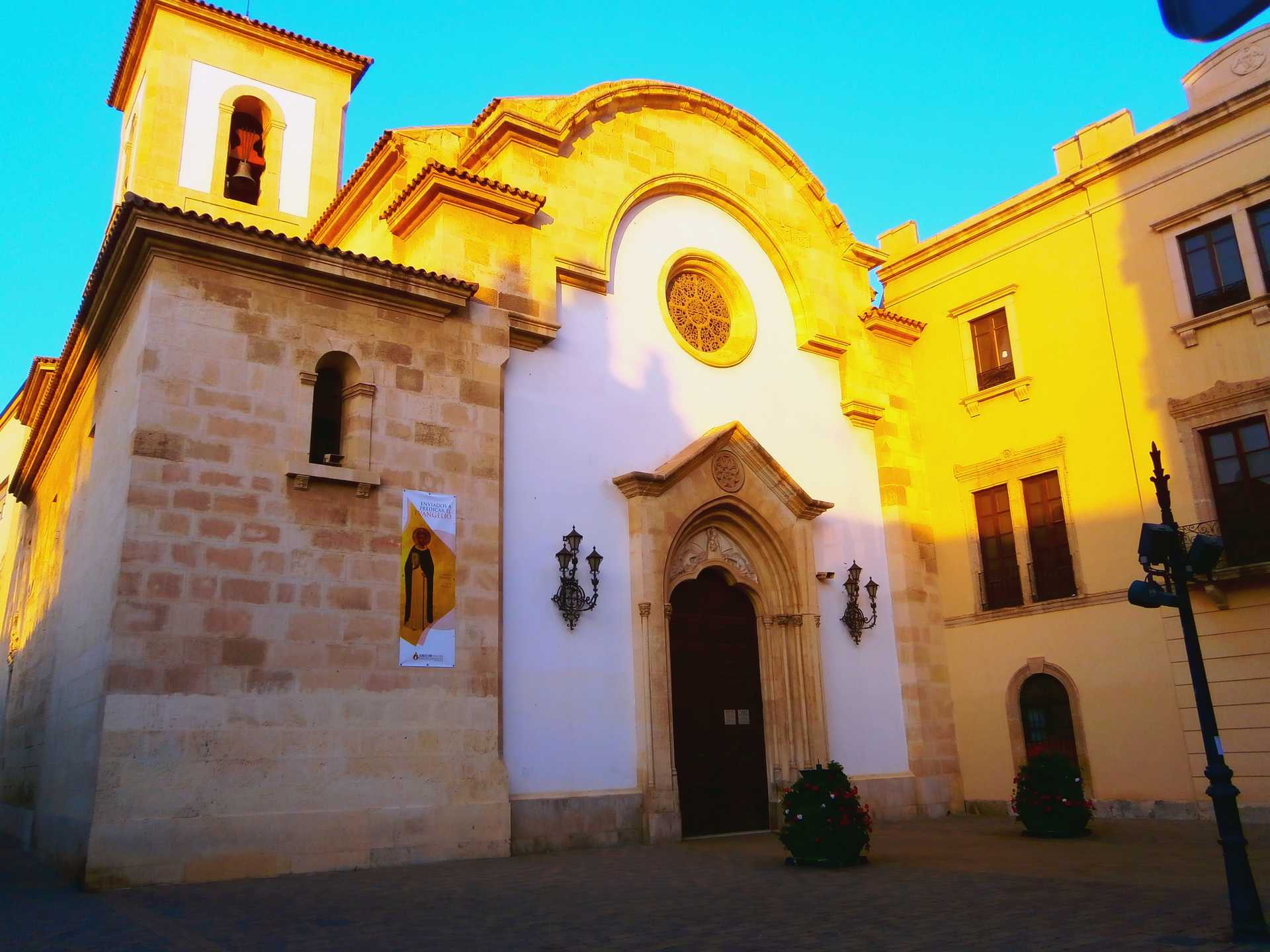
Right in the centre of the city on the most important street, the Paseo de Almería, you'll find a truly emblematic building, the "Casa de las Mariposas". This area is called Puerta de Purchena, since historically it was the gateway through the city wall before it was demolished in 1855.
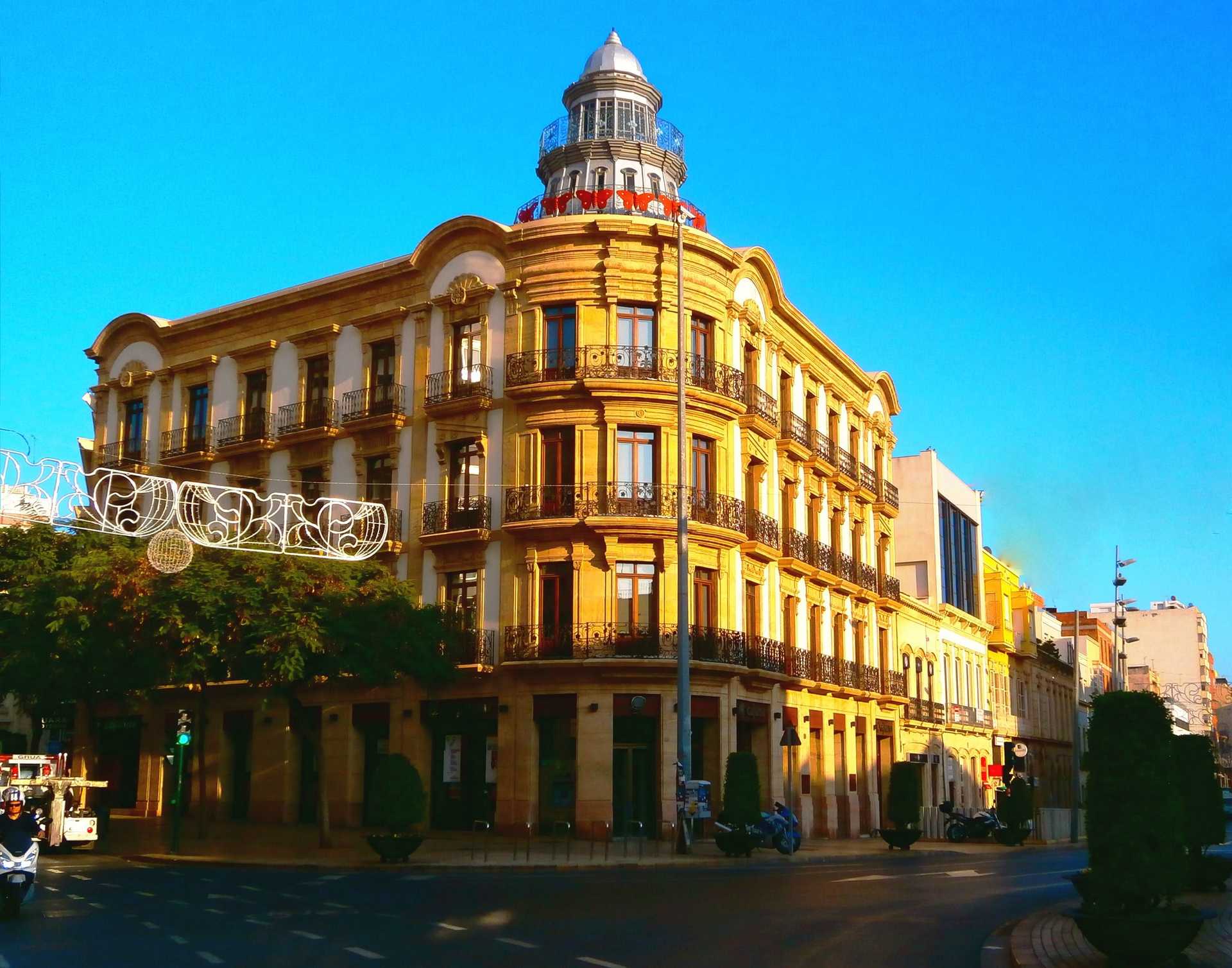
We can take a stroll in some of the parks adorned with modern works of art, such as that of Nicolás Salmerón.
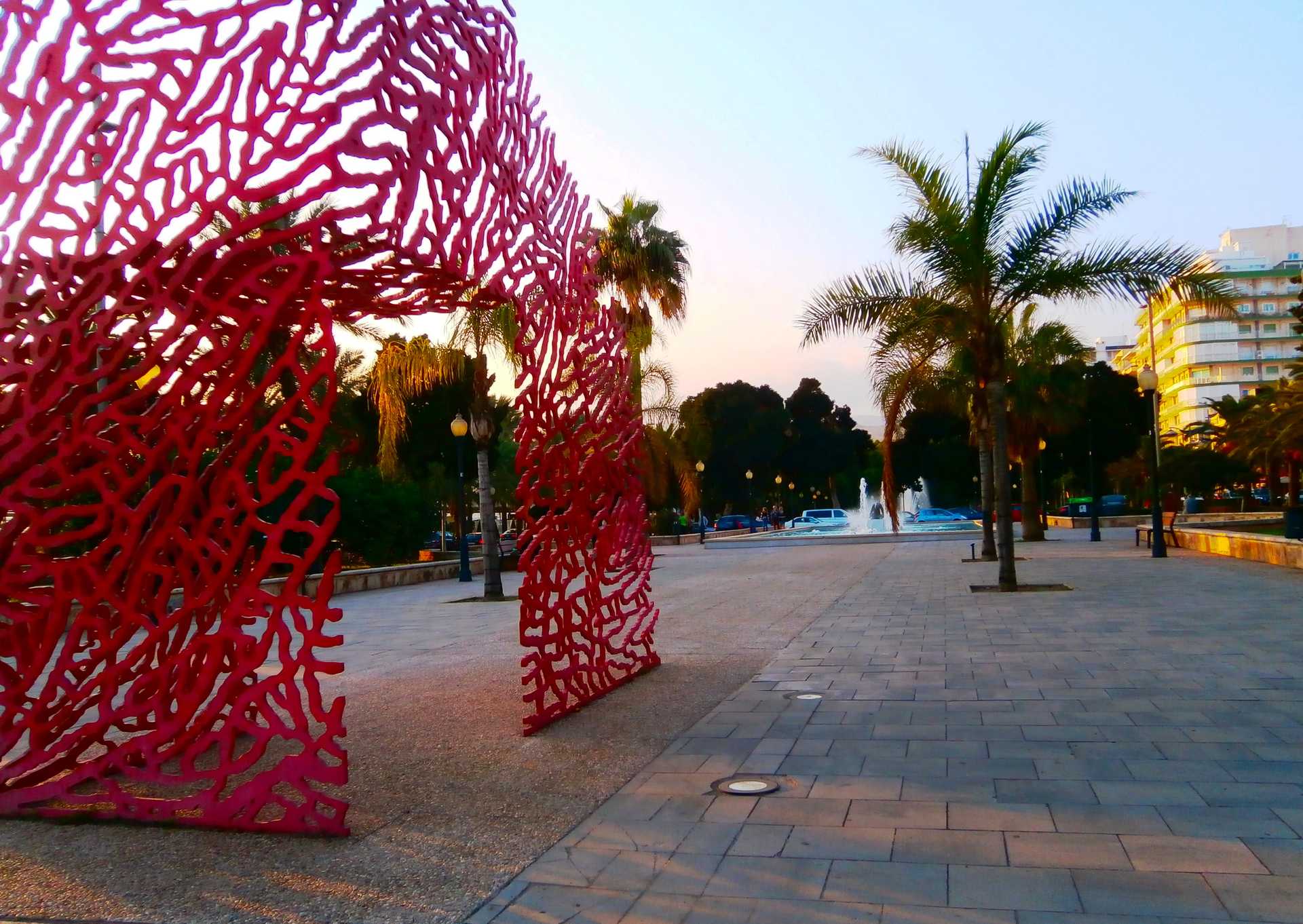
Or you can continue your journey around the city vertically from north to south, through the gardens and fountains of the Rambla Federico García Lorca.
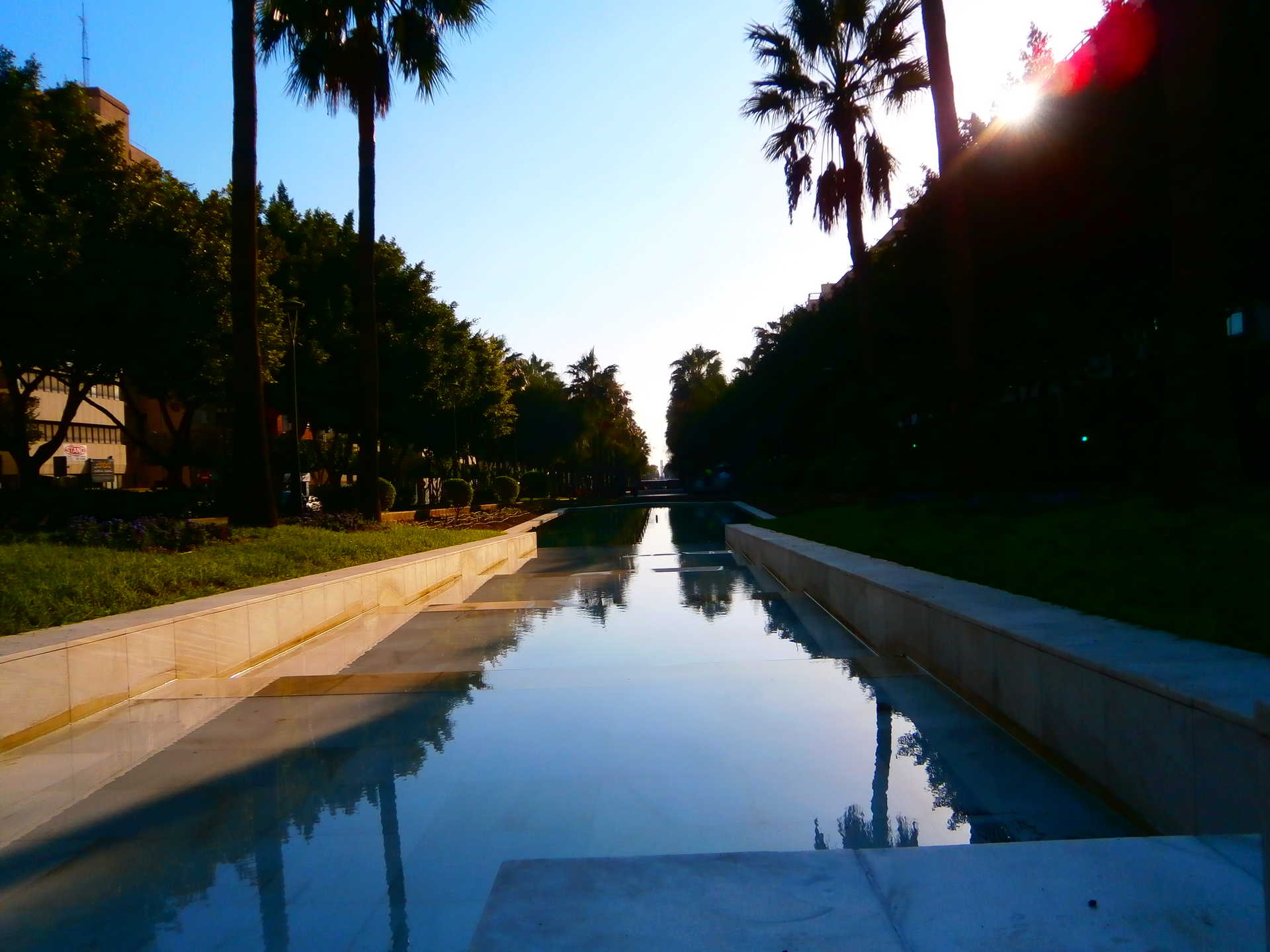
We then reach the Port of Almería, where we can follow the line of the sea and enjoy kilometres of coastline, passing by the occasional industrial wonder on our way.
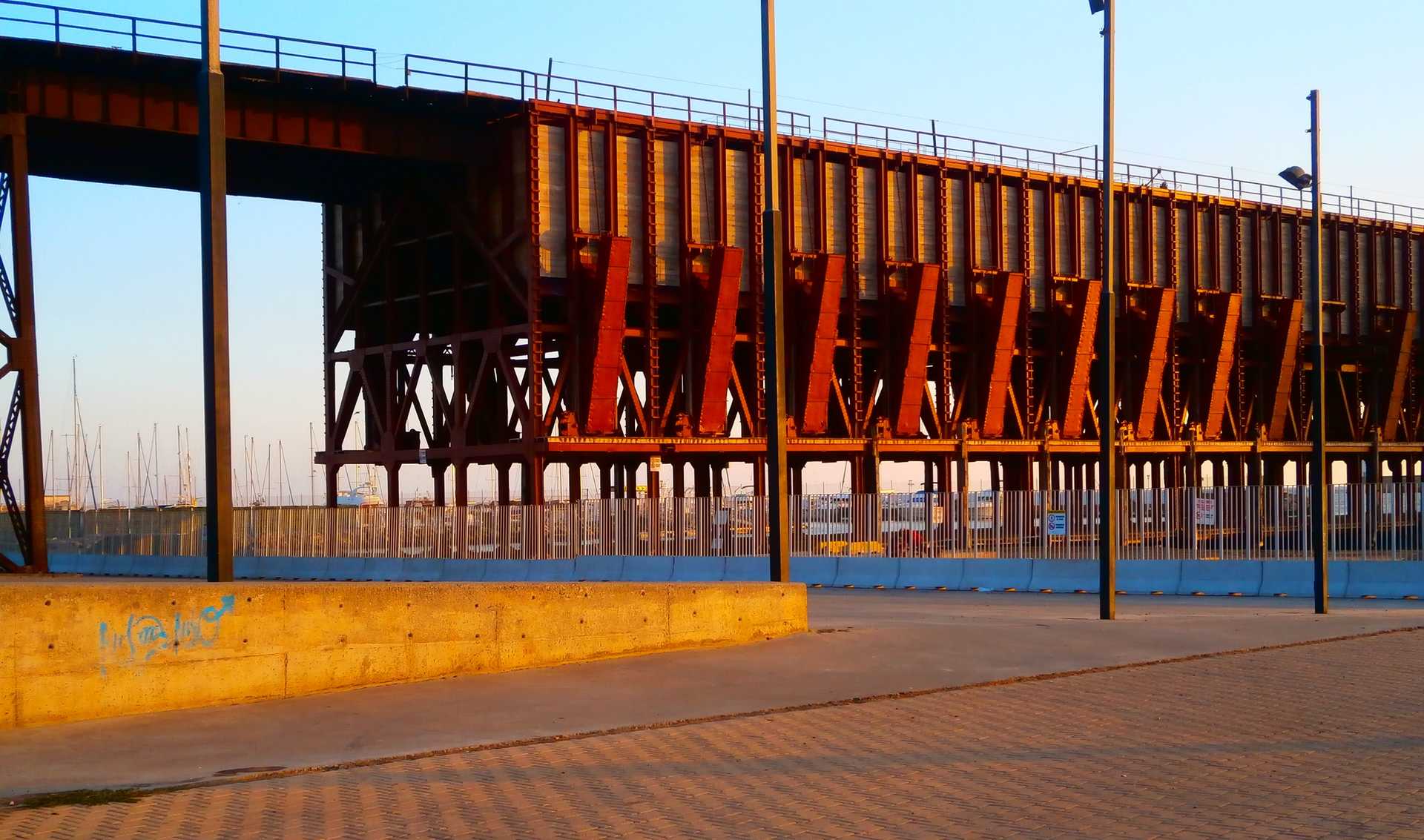
Here you'll find both the city's old and new mineral loading bay, also called the "Cable Inglés" (English Cable). It is well preserved and adapted to the city.
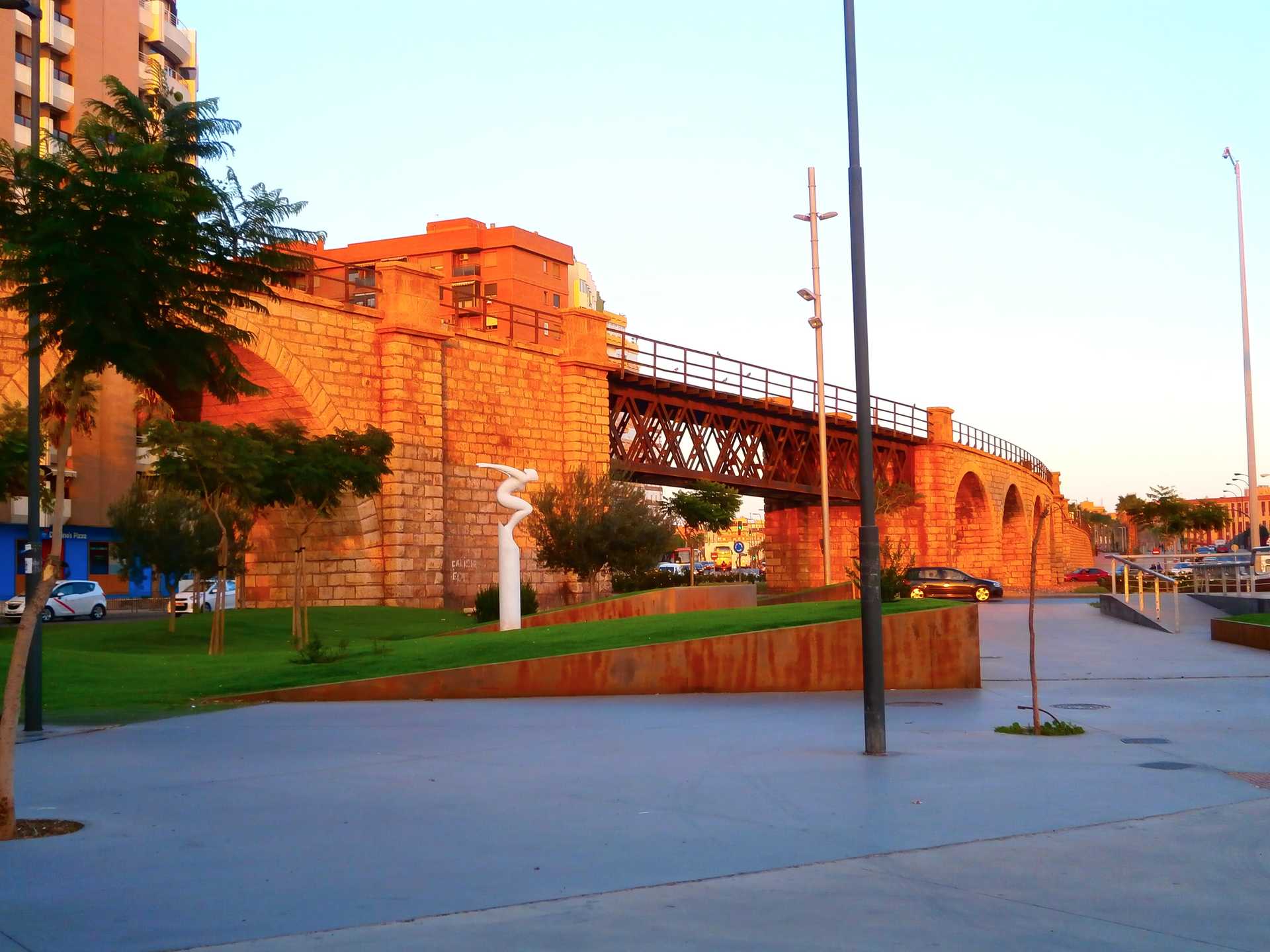
On our stroll around the sea port we'll not only enjoy the sea views, but we'll also find beach bars, terraces, people playing sports, playing music and a generally good atmosphere.
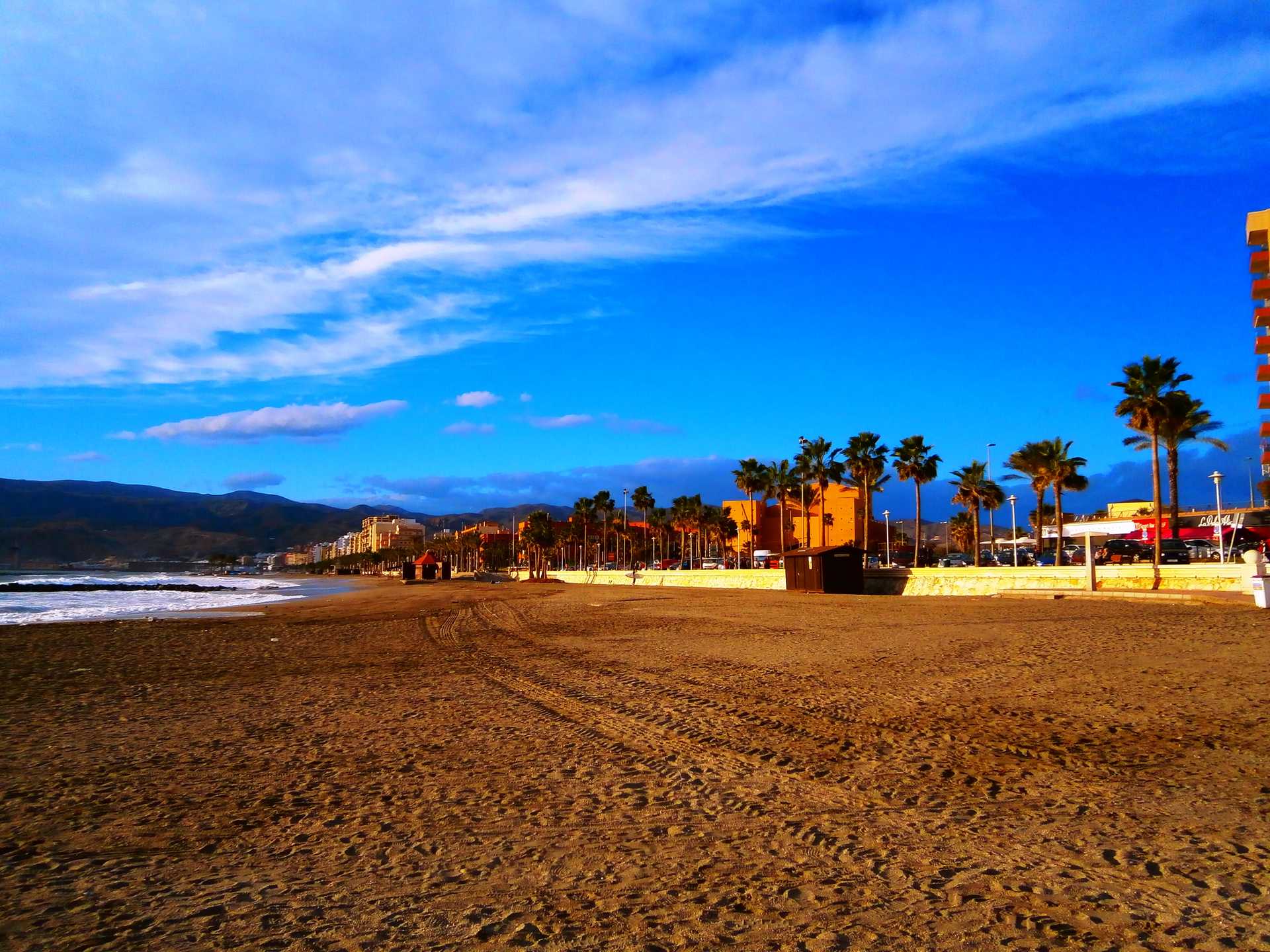
This long route ends near the University of Almería after a walk of a quite a few kilometres, but where we can also arrive by bike using the bicycle lane especially built for this purpose.
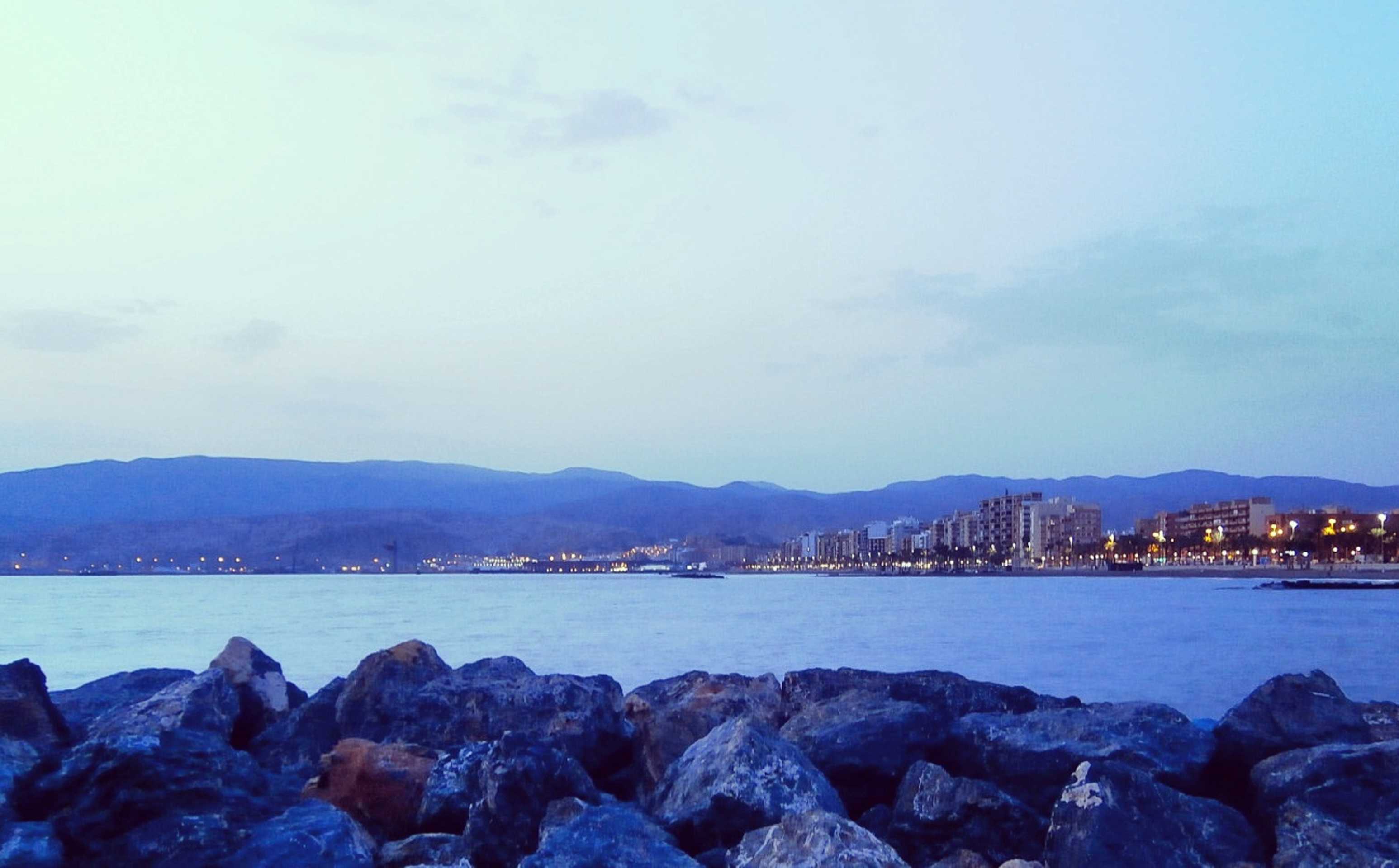
On our walk around the city we will come across the "Indalo" (late Stone Age figure), which is the symbol of Almería. It is considered to be a good luck charm in this region, and is generally placed above the door of the house since this figure, typically from Mojácar, will protect the people and their homes.
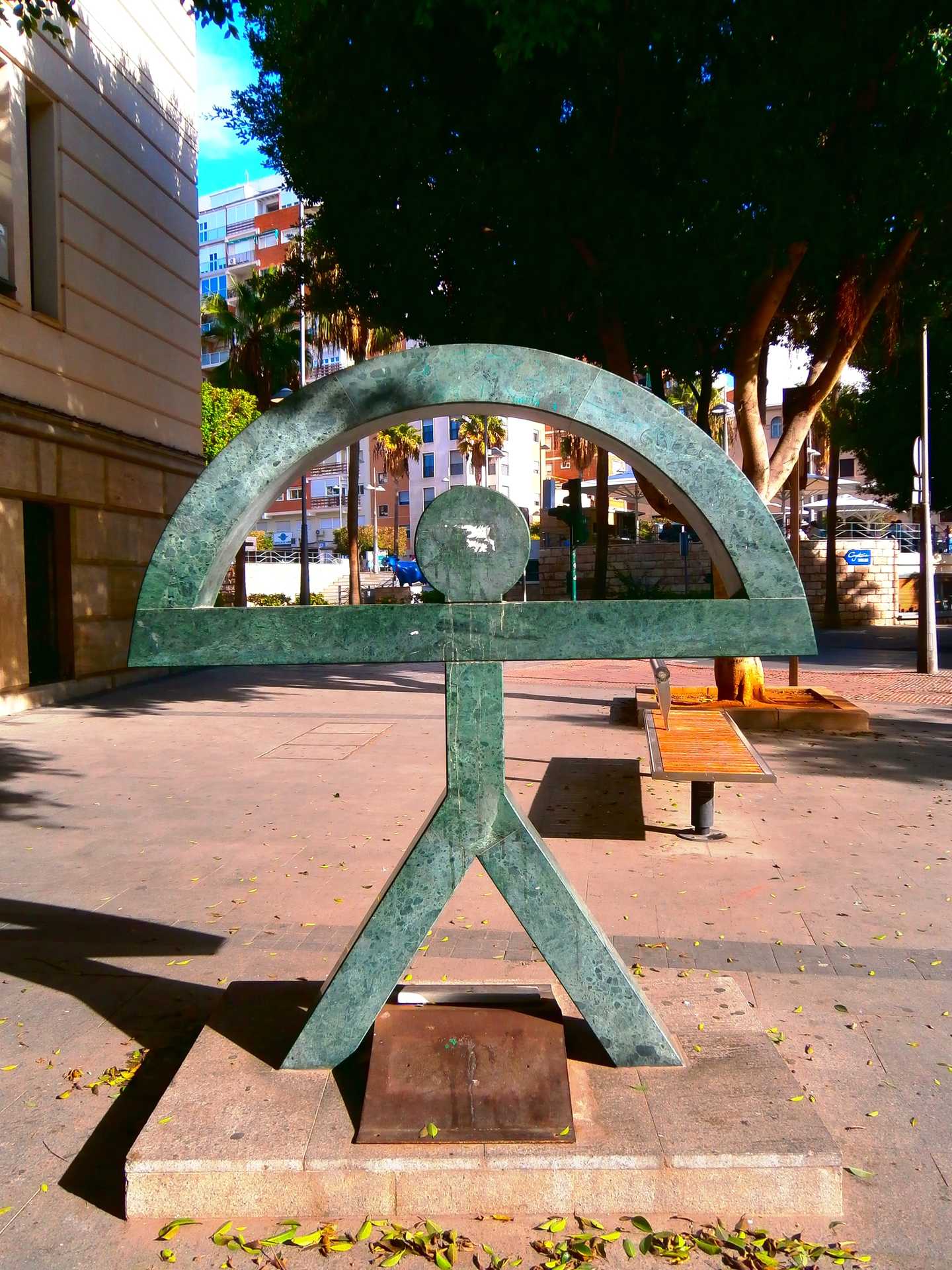
This symbol was found for the first time in cave paintings in an ancient cave in Vélez-Blanco, representing a man with an arch over his head.
You really mustn't forget the cuisine and tapas in Almería. Its streets are full of terraces, even in winter thanks to the sun and the desert temperature allowing you to enjoy being out on the street.
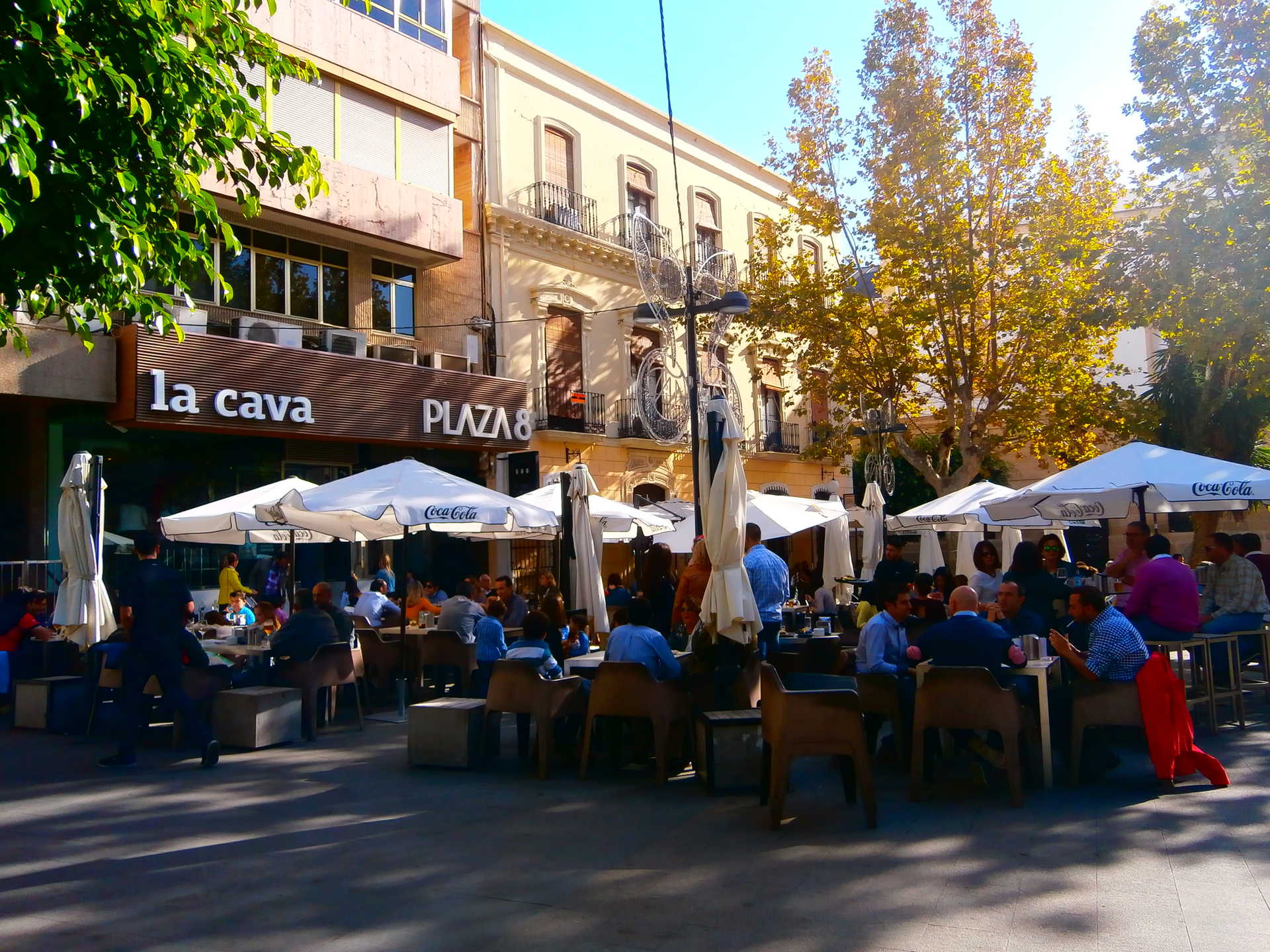
A tour around the city's most renowned bars will enable you to delight in the most traditional and local flavours.
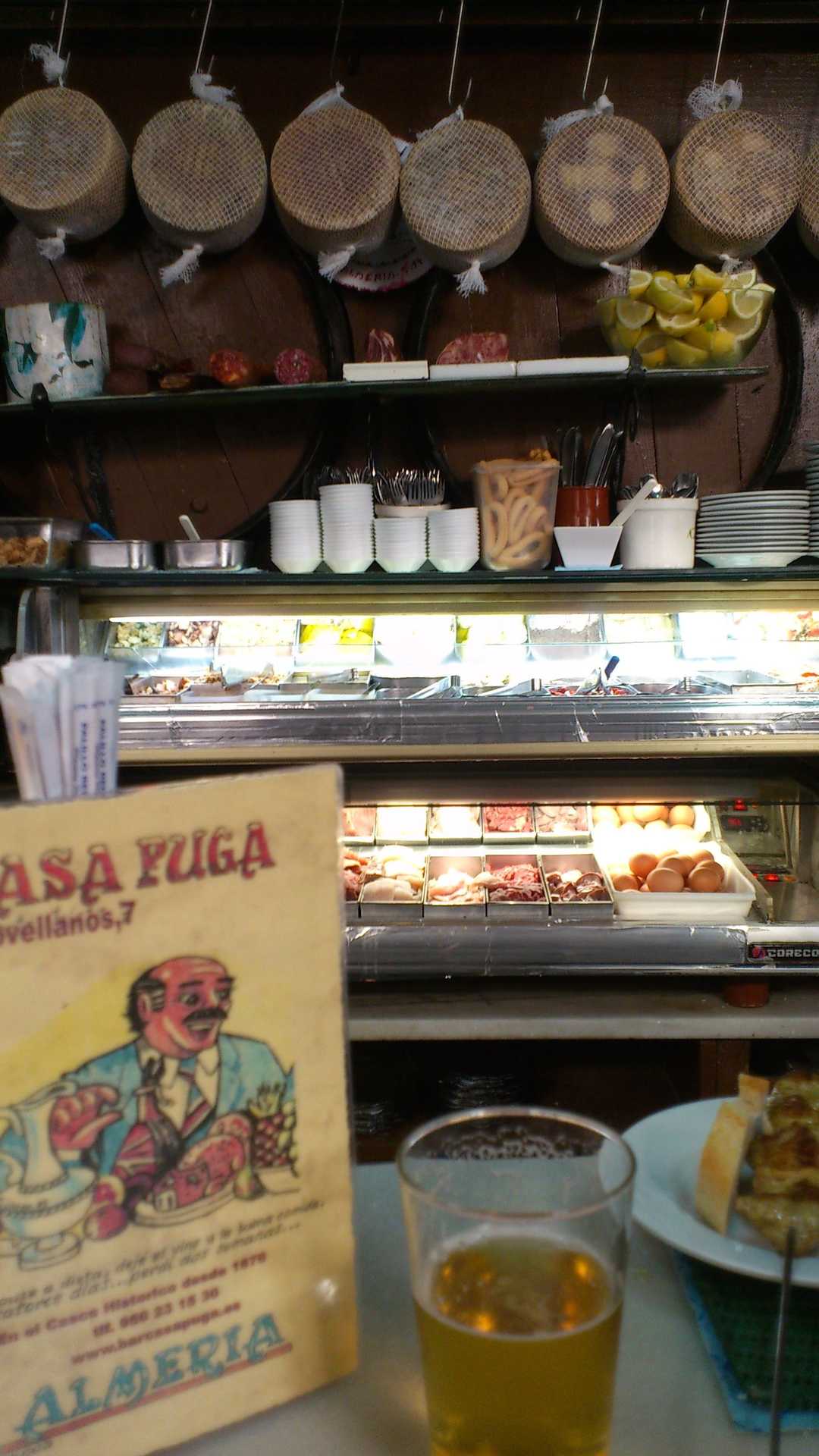
The city also offers a great many cultural venues, tapas bars with puppet theatres while you enjoy a fine wine and a tapa, which is the case of the ‘Patio de Vecinas’.
Cultural associations that offer different and varied themes each week, art exhibitions, Flamenco, open mikes for young talent, concerts, etc. These can be enjoyed in 'La Guajira', with wonderful views from the terrace facing the Alcazaba Fortress.
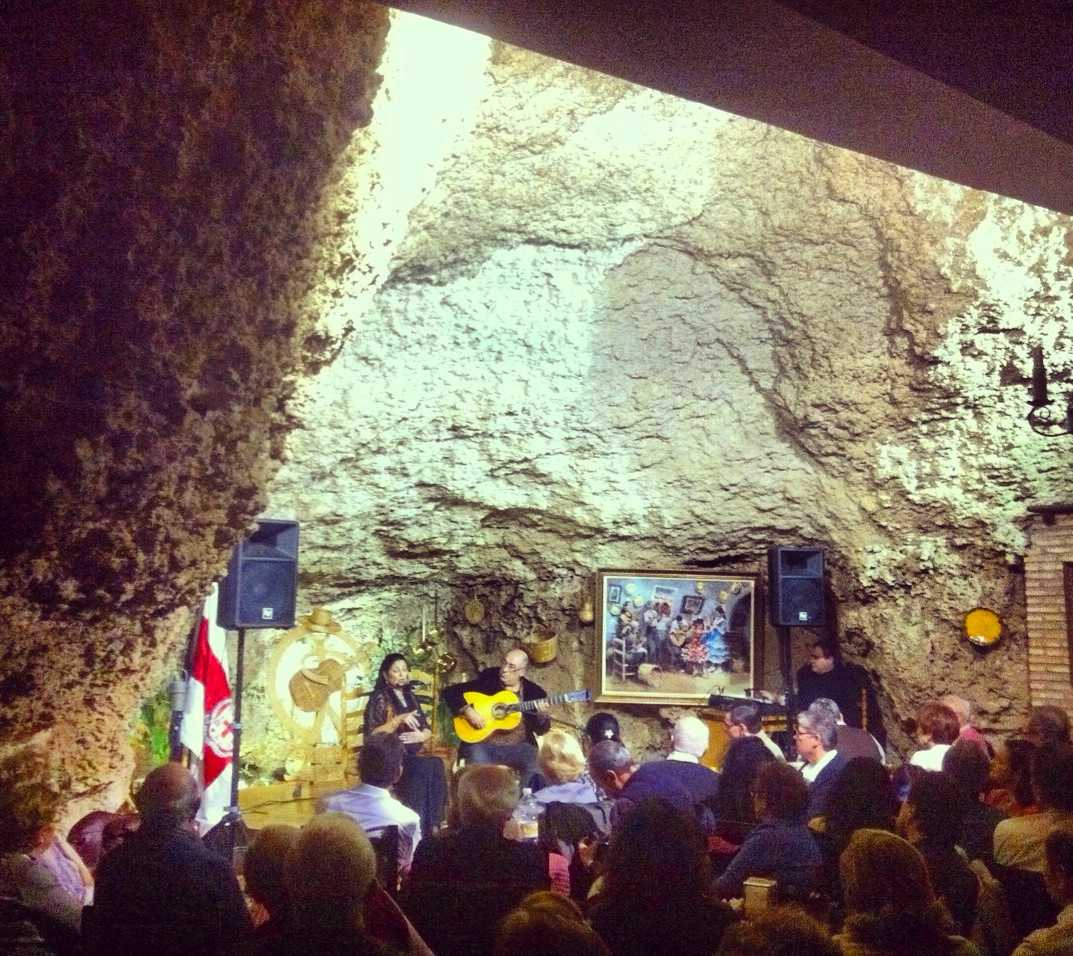
The true roots of the city's identity lie in one of its associations, La Peña Flamenca El Morato. This association is located in a real cave, which means the acoustics are superb while we're enjoying the city's typical tapas.
A perfect finishing touch to end our journey through the history of Almería.


